World Artists and their Story, 35 - Julio González

Gonz·lez Julio (1876-1942). Paris, Centre Pompidou – MusÈe national d’art moderne – Centre de crÈation industrielle. AM1430S.
World Artists and their Story, 35 – Julio González
When you think of Julio González, you think of the Cactusman and then the head of a screaming woman, La Montserrat. There are now two Cactus men in The Hague, Homme Cactus I and Homme Cactus II, the first of the Gemeentemuseum Den Haag, the second of the Center Pompidou in Paris.
The screaming woman is there on drawing, in oil paint and in plaster. In the latest exhibition of the Gemeentemuseum, ‘González, Picasso and friends’, many other metalworks and sketches by Julio González can be seen, as well as by Pablo Picasso. Picasso gave González the decisive push to let go and become one of the most important sculptors of his time.
Barcelona tradition
They both come from Barcelona and leave for Paris around 1900. At that moment, Picasso is 18 and González is 24 years old, but Picasso is much further, artistically. They come together, González tries in the first instance to become a painter, but at the same time he is busy with his family tradition: goldsmiths and the production of beautiful fencing, as can be seen everywhere in Barcelona. At a young age, Julio González can already be found in the metal workshop of his father and grandfather. He learns different processing techniques from his father. He is awarded several times with decorative objects and jewelry. Nevertheless, he aspires a career as a painter and shows his work at salon exhibitions in Paris.
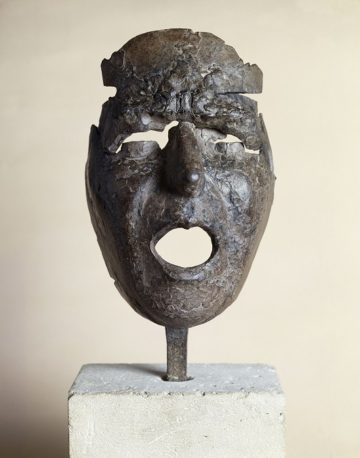
Masque Montserrat criant
Gonz·lez Julio (1876-1942). Paris, Centre Pompidou – MusÈe national d’art moderne – Centre de crÈation industrielle. AM1403S.
Advanced welding
In order to be able to provide for his maintenance, González continues to work as a decorative metalworker. At the end of the First World War he finds a job in the Renault factory where he learns ‘autogenous welding’, a very advanced welding technique. Because of all this, González manages his metal technique to perfection. González and Picasso do not see each other for years, because of a quarrel, but in 1928 they settle the argument. Picasso wants advice from González because he wants to work with metal. There is a very creative collaboration that lasts for four years and produces many works, which, although they come in the name of one of the two, have been conceived in close cooperation.
Thanks to the technical knowledge of González, Picasso comes to new ways of expression. Initially, González transforms Picasso’s sketches into spatial work. Later, when Picasso learned from González a number of techniques such as knocking and welding, they worked together on sculptures, for example on the more than two meters high sculpture La Femme au jardin (1929). Partly under the influence of this collaboration with Picasso, 52-year-old González is undergoing a huge development. The work he makes from that period onwards would prove to be groundbreaking in art history.
Traditionally, a sculpture was carved out of one piece of stone or molded into clay and then cast in bronze. González changes this slow process; by welding steel parts together, he can immediately create a new work without any intermediate steps. With this, he comes to his own very personal style that is midway between cubism, constructivism and surrealism, but despite the abstract image always remains rooted in the figurative.
Friendships
The very personal friendships of Julio González with other artists are also part of the exhibition. At Constantin Brancusi (1876 – 1957) González worked for a number of years as an assistant. Pablo Gargallo (1881 – 1934), who already appealed to González technical knowledge in 1923, recognizes his talent and encourages him to concentrate fully on sculpting. His son-in-law Hans Hartung (1904 – 1989) made his first and only sculpture in 1938 in the studio of González.
La Montserrat
Although González moved to Paris around the turn of the century, he continues to feel connected to his Catalan roots. A recurring theme in his work is a fearless Catalan peasant woman with a sickle and a child on her arm. Just as with Picasso and other Spanish artists at that time, developments in the Spanish Civil War are reflected in his work. In the course of those war years, but especially after 1939, when General Franco seizes power, González’s fearless figure of a woman changes shape. She gets a screaming, frightened face. They show similarities with the screaming figures of Picasso’s Guernica (1937), some of his sketches are shown in the exhibition. González more abstracted ‘cactus figures’, which he makes in 1939, have an open mouth, but also exude a great force. It is tempting to see them as a symbol of the strength of the Catalan people that stand, despite the oppression of Franco’s regime.
Julio González in 1932: “It is high time that this material (iron) ceases to be a murder weapon or a simple tool of mechanized science. Today, the door is wide open so that this raw material may penetrate into the domain of art and be hammered and forged by peaceful artists’ hands. ”
González, together with Constantin Brancusi and Pablo Picasso, are considered to be the most important sculptors of the twentieth century.
Welding demonstration
At the end of the press presentation we received a practical example of how welding and the subsequent manufacture of metal artworks work. In the basement of the Gemeentemuseum two students of the ROC Mondrian gave a demonstration. Led by their teacher Ron Leidelmeijer, Nick van de Heuvel was working on a small metal statue and Jessy van Vreden cut a strip of metal plate with an autogenous welding machine. We could imagine how Gonzalez and Picasso were working more than sixty years ago.
For the exhibition, there was close collaboration with the Museo Nacional Centro de Arte Reina Sofía in Madrid, the Institut Valencià d’Art Modern (IVAM), the Parisian Musée Picasso and the Center Pompidou in Paris.
A nice catalog about the exhibition has been published by publisher Hannibal.
Images
1) Julio González (1876 – 1942) Homme Cactus II (Cactus Man II), 1939-1964 Bronze 77.5 x 24 x 14 cm Center Pompidou – National Museum of Modern Art – Center de création industrielle, Paris, 2 ) Julio Gonzalez (1876 – 1942), L’homme Cactus I (Cactus man I), 1939, Bronze, 64 x 27 x 18 cm, Gemeentemuseum The Hague, 3) Julio González (1876 – 1942), Masque de Montserrat criant ( Mask of Montserrat, weeping), 1938-1939, Forged and soldered, iron, patinated, 22 x 15,5 x 12 cm, Center Pompidou – National Museum of Modern Art – Center de création industrielle, Paris, 4) Pablo Picasso ( 1881-1973), Study for a crying head (III), 1937, Sketch for Guernica, 23.2 x 29.3 cm, Graphite, gouache and color marker on tracing canvas, Museo Nacional Centro de Arte Reina Sofia, Madrid © Picasso Picasso 2017 , 5) Pablo Picasso (1881-1973), La Suppliante (The Begging), 1937, Gouache on wood, 24 x 18,5 cm, Musée National Picasso, Paris © Picasso Picasso 2017, 6) Head of a crying peasant woman, La Montserrat, 1941 20,1 x 15,6 cm pen and ink on paper Collection Kröller-Müller Museum, Otterlo, 7) photo Julio González, Gemeentemuseum.
https://www.gemeentemuseum.nl/
https://ifthenisnow.eu/nl/agenda/gonzalez-picasso-en-vrienden
Disclaimer: The views, opinions and positions expressed within this guest article are those of the author Walter van Teeffelen alone and do not represent those of the Marbella Marbella website. The accuracy, completeness and validity of any statements made within this article are not guaranteed. We accept no liability for any errors, omissions or representations. The copyright of this content belongs to Walter van Teeffelen and any liability with regards to infringement of intellectual property rights remains with the author.

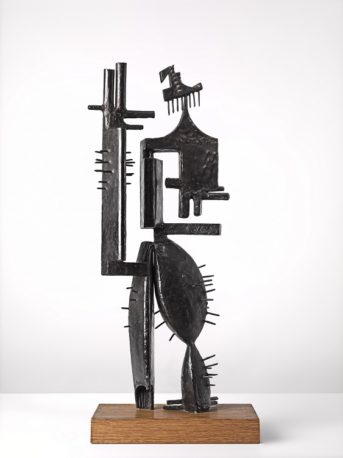
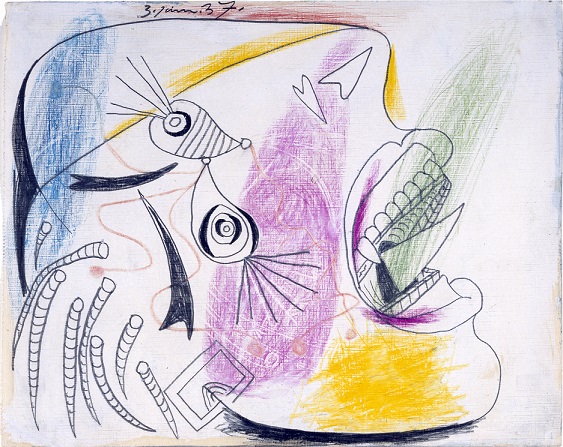

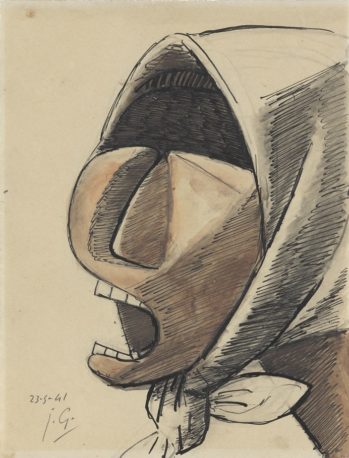
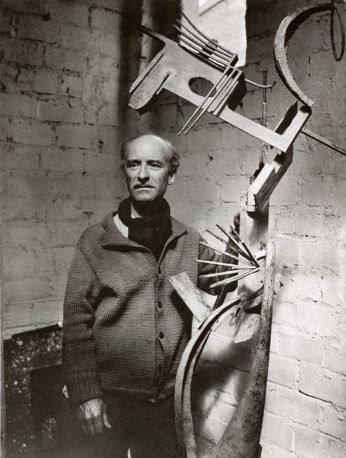














The opinions expressed by individual commentators and contributors do not necessarily constitute this website's position on the particular topic.